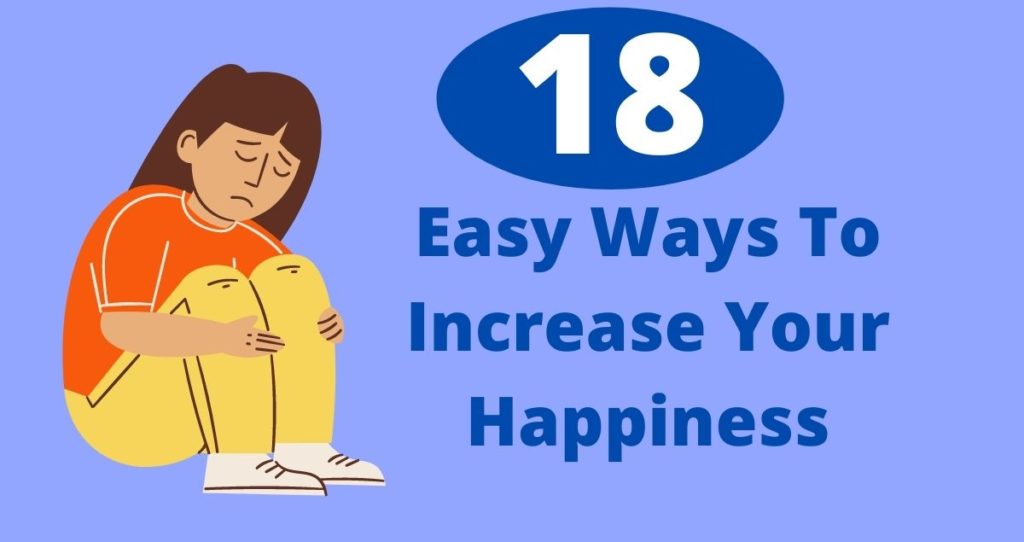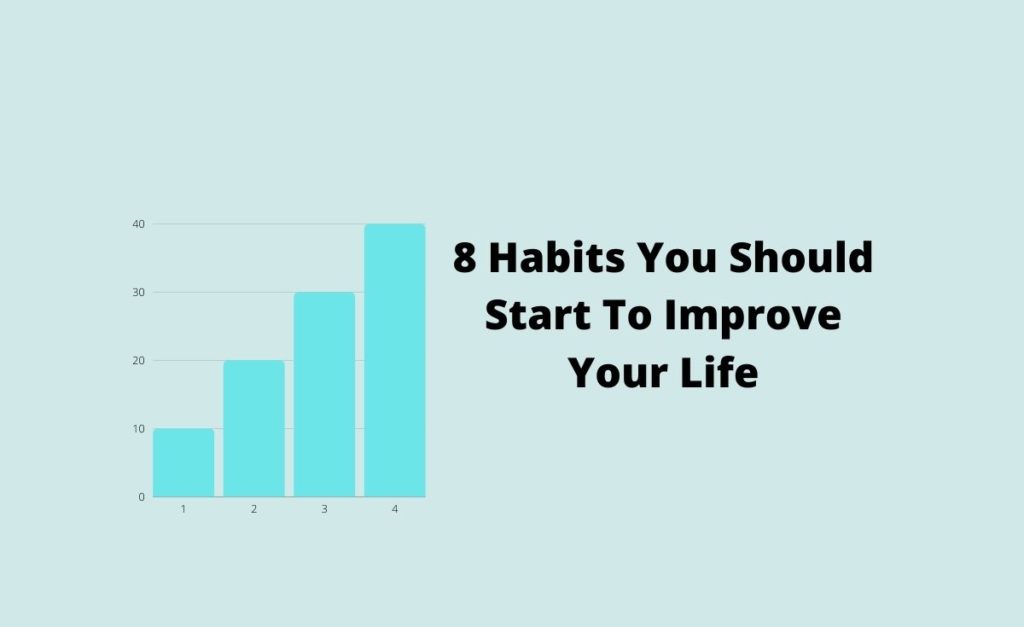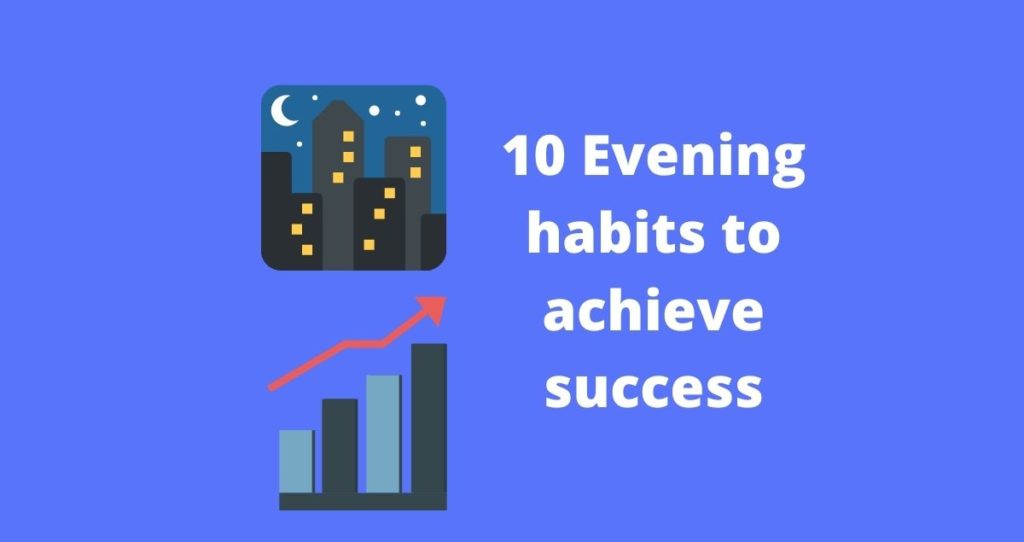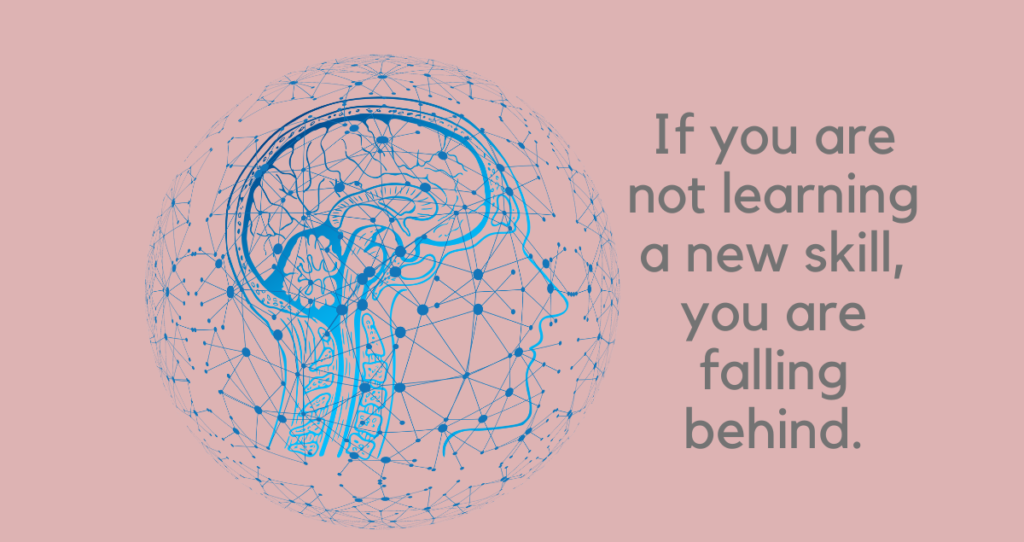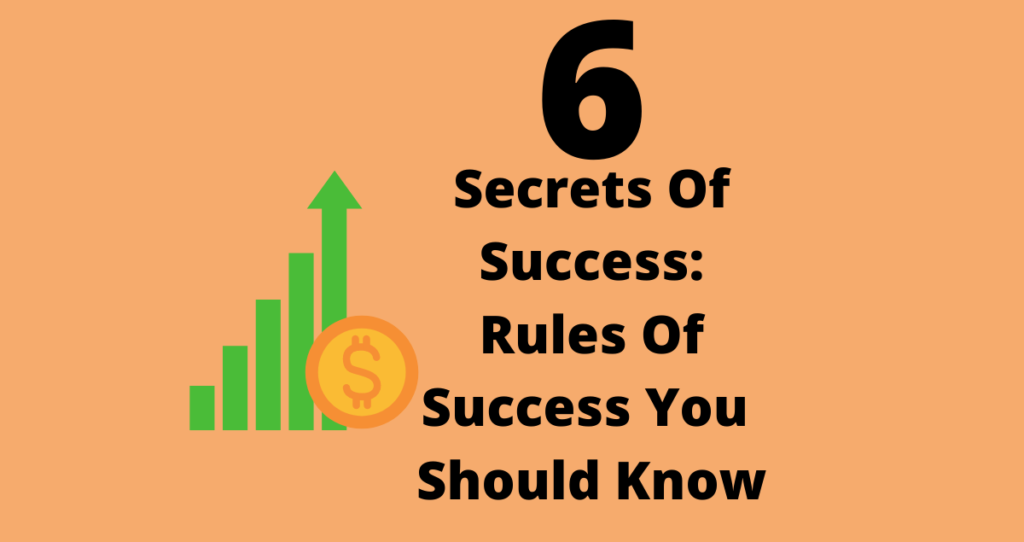When you don’t Know What to do, take one step back, evaluate your options, simplify your processes, and start with simple and easy-to-achieve goals. Whether you are trying to figure out what to do with your life or make a decision about complex problems you are facing; you are not alone. In fact, studies show that the average person makes around 35,000 decisions a day, according to Public Broadcasting Service(PBS). This amount of decisions makes it easy to get trapped in decision paralysis when facing complex problems.
If you ever find yourself stuck in the midst of making a decision or trying to figure out what to do with your life, you are in good hands. Not knowing what to do does not mean you can do nothing. It simply means that you need to look at your situations a little bit differently and change your strategies. In this guide, we’ll explore actionable strategies for breaking down complex problems, setting achievable goals, and building a support system to help you navigate difficult choices.
Without further ado, let’s get started.
1. Why overthinking can lead to indecision
One reason why decision paralysis occurs is due to overthinking. When we obsess over every possible outcome and consequence, it can lead to analysis paralysis, leaving us unable to make a choice. This is why simplifying the decision-making process is so important. When you don’t know what to do, don’t waste your time on every possible option. Instead, simply the process and focus your energy and resources on the main problem.
2. Leverage your strengths and values to improve your decision-making process
To simplify the decision-making process and overcome decision paralysis, it’s essential to understand your strengths and values. By identifying your core beliefs and what you are good at, you can filter out options that don’t align with your priorities or that you are not confident in pursuing. You can also use your strengths to lean into decisions that play to your strengths and make you feel more confident in your choices.
For example, if one of your core values is creativity, and you’re considering two job offers, one in a creative field and the other in a more traditional field, you may lean towards the creative job. Similarly, if you’re skilled at problem-solving, you might feel more confident in tackling a challenge that requires that skill than one that requires a different set of strengths.
How I leveraged my interest and academic background to overcome indecision
When I was in college, I had interests in many majors which made it difficult for me to pick one. I could pursue as many majors as I wanted since I had a full-ride scholarship. But, there was a catch. I had to finish all my majors in 4 years which was hard to do. So, I leveraged my background in science and mathematics and my interests in engineering and decided to double major in Systems Engineering and Mathematics. This allowed me to finish two college degrees in just 4 years.
Leveraging your strengths and values can also help you feel more empowered and focused when making decisions. By narrowing down your options to choices that align with your core beliefs and utilizing your strengths, you can simplify the decision-making process and reduce the chance of decision paralysis.
3. Break down complex and challenging problems
When you don’t know what to do, break down complex problems. It is always easy to be stuck in indecision when facing complex and challenging problems. The key to overcoming this issue is to break the problem down into smaller and more manageable pieces.
Start by identifying the main components of the problem and then break each component down further into sub-components. This will help you see the problem in a more structured and organized way, making it easier to identify possible solutions.
One helpful technique for breaking down complex problems is to use mind mapping. This involves taking a blank piece of paper and writing the main problem in the center. From there, you draw branches outwards and write down sub-components of the problem on each branch. You can then break down each sub-component further with its own branches and sub-branches.
By breaking down complex problems in this way, you can avoid feeling overwhelmed and gain a better understanding of the problem. This will help you to generate ideas and possible solutions, making it easier to move forward with confidence.
4. When you don’t know what to do, start by setting up achievable goals for clarity
Not knowing what to do complicates matters and clutters your judgment. But, you can easily overcome indecision by simply setting up smaller and easy-to-achieve goals.
By setting attainable targets, you can better focus your efforts and track your progress toward a solution. Your goals don’t have to be something big. When you don’t know where to start, smaller goals work best. As you accomplish smaller goals you get excited about accomplishing those goals. This helps you build upon those successes and eventually gain clarity on the matter at hand. Smaller goals also help you feel confident in your ability to get the job done or simply lead to making decisions.
For example, if you’re trying to make a career change, setting a goal to research three potential industries or companies within the next week can help you narrow your options and move closer to a decision.
Setting achievable goals also helps to prevent unrealistic expectations and feelings of failure. When your goals are realistic and measurable, you can gain a sense of accomplishment with each step forward.
Related: How to set up goals and execute them fast?
One of the most difficult things about decision paralysis is feeling like you have to do it alone. But the truth is that you don’t have to face tough choices all by yourself. When you don’t know what to do or where to start, start by building a support system around the problem.
Your support system can come in many forms. Maybe you have a trusted friend or family member who you can turn to for advice. Perhaps you work with a mentor or coach who can offer objective guidance. Even online communities or support groups can provide a valuable source of perspective and encouragement.
Who should be in your support system?
The secret to overcoming indecision through building a support system is to seek out people who will support you and help you stay focused on your goals. They should be people who you trust and respect, but who will also challenge you to think critically and consider new perspectives. When you have a support system in place, you can feel more confident in your decision-making abilities, knowing you have the guidance and encouragement you need to move forward.
Of course, building a support system takes time and effort. But the payoff is well worth it. With the right people in your corner, you can overcome decision paralysis and start making progress toward your goals.
You might also like: 8 Ways to avoid negative people and Focus on your goals
6. If you don’t know what to do, start by identifying and challenging limiting beliefs
Another factor that can contribute to decision paralysis is limiting beliefs. These are beliefs that we hold about ourselves or the world that can constrain our thinking and prevent us from exploring new options. For example, you might believe you’re not smart enough to start your own business, or that you’re too old to learn a new skill. Many people also fail in college or stay away from certain majors not because they can’t but because they think they are not smart enough to succeed.
These beliefs can hold you back from taking risks and trying new things, which can contribute to feelings of indecision and uncertainty.
How to face your self-limiting beliefs?
Identifying and challenging self-limiting beliefs can be a powerful way to overcome decision paralysis. One approach is to ask yourself where these beliefs come from and whether they are based on reality. Are there examples of people who have achieved success despite facing similar challenges or obstacles? Can you think of times when you’ve succeeded in spite of your own doubts or fears? Use the successes of others and your own as a motivation to fight self-limiting beliefs.
Another strategy is to seek out alternative perspectives. This could be as simple as talking to a friend or mentor who can provide a fresh viewpoint or seeking out resources such as books or podcasts that challenge your assumptions. By expanding your horizons and considering different possibilities, you may be able to break through the mental barriers that are holding you back.
You might also like: How to stay positive in difficult challenges?
7. When you don’t know what just take action and get started
You might be wondering how you can take action when you don’t know what to do or where to begin. If you have been struggling with these thoughts, all you need is to get started. Have you been waiting for all the dots to align and for all facts verified before taking action? Well, I hate to tell you this but, you are wasting your time.
One of the biggest roadblocks to making decisions is uncertainty. It’s natural to want to avoid making a choice when you are not sure what the outcome will be. However, sometimes the only way to gain clarity is to take action – even if that action is small. By taking a step forward, you may uncover information or insights that can help you make a more informed decision.
The crazy thing about taking action is that what you do doesn’t have to be perfect or align with your main goals. All you have to do is to start with something and improve it as you go.
For example, if you are trying to write a book, don’t wait for the whole picture to be visualized. With this strategy, you might end up waiting and dying without even writing one paragraph of the book. What you can do is write your book in sections. If you have a thought, write it down and keep going as you gain more ideas. Eventually, the book will be fully written without even knowing it. The same strategy can be used when you don’t know what to do with your life or how to make a hard decision.
Facing the fear of unknown
Making decisions when you don’t know what to do is easier said than done. The fear of making the wrong choice can be paralyzing. For this reason, most people get tempted to wait until they have all the information they need before taking action. But the truth is, you will never have all the information. There will always be unknown factors and risks involved in any decision no matter how much information you have.
So how can you take action in the face of uncertainty? One approach is to start small. Break your decision down into smaller and more manageable steps. This can help you feel less overwhelmed and give you a sense of progress. For example, if you’re trying to decide whether to start a new business, you might begin by researching different industries or analyzing your competitors.
Another strategy is to set parameters for your decision-making process. Identify the key factors that are important to you, such as cost, time, or risk. Then, use these factors to evaluate your options and make a decision that aligns with your priorities. This can help you feel more confident in your choice, even if there is still some uncertainty involved.
Ultimately, taking action – even in the face of uncertainty – requires a willingness to embrace risk and be open to learning from your mistakes. It’s not always easy, but it can be incredibly empowering to take control of your decisions and move forward with purpose.
8. Be optimistic
Not knowing what to do with your life or how to navigate complex problems always comes with pessimistic thoughts. Most people start doubting themselves. Others think that the task ahead is impossible which makes it harder to think creatively and move forward.
To free yourself from these thoughts, be optimistic about the outcome you seek. Always believe that you are capable of achieving the impossible and the only way to do so is to keep going. Even if you are surrounded by negative people, don’t give in to their negativity. You might need to cut ties with some forks to protect yourself from negativity.
If you don’t know what to do, focus on the bright side of the problem. Also, spend more time figuring out answers instead of worrying about how hard the problem is. This strategy keeps your mind free of doubts and confident enough to keep going.
Related: 9 Tips to be optimistic and achieve big goals
The bottom line
It is always hard to do something when you don’t know where to start. So, if you are struggling with decision paralysis there might be a few things you can do to overcome this issue. Some of the strategies you can use to move forward when you don’t know what to do include but are not limited to breaking down complex problems, identifying your values and strengths, setting achievable goals, challenging limiting beliefs, and taking action even in the face of uncertainty. These strategies can help you figure a way out and move forward with confidence.

